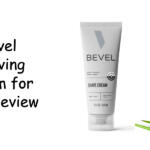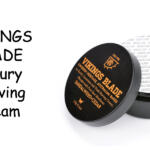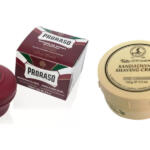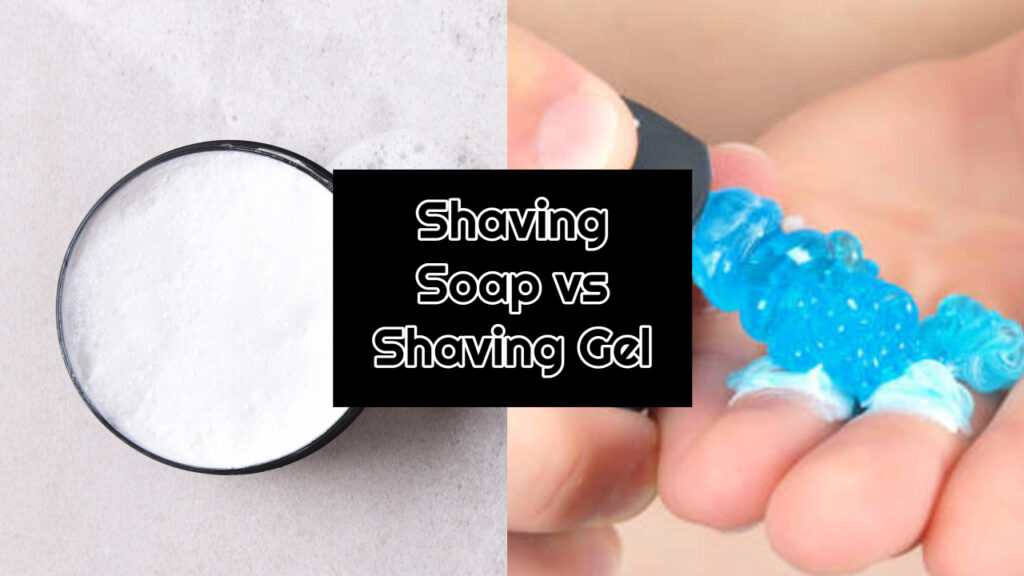
Are you trying to decide between shaving soap and shaving gel? Choosing the right product for your shaving routine can be challenging, whether you’re a beginner or an experienced shaver.
Table Of Contents
−- Overview of Shaving Soap and Shaving Gel
- The Benefits of Using Shaving Soap
- The Benefits of Using Shaving Gel
- Why Shaving Soap is Generally Considered Superior
- The Difference Between Shaving Soap and Gel
- Comparing Consistency, Moisture Content, Latherability, Skin Protection, Speed of Application, and Ease of Use
- Quality of Shave and Cost Comparison
- When to Use Shaving Soap and Shaving Gel
- Which is Better for Your Skin: Soap or Gel?
This comprehensive article will compare shaving soap and shaving gel, discuss their benefits, and provide insights to help you make an informed decision. So, let’s dive in and find out which one is best suited for your needs!
Overview of Shaving Soap and Shaving Gel
Shaving soap and shaving gel are two popular products used for wet shaving.
Shaving soap is a traditional product made from a combination of oils, lye, and other ingredients, designed to create a thick lather and provide a protective layer on the skin while shaving.
Shaving gel is a more modern product, often preferred by men who want an easier application process and smoother shave. It comes in an easy-to-apply gel form and is usually infused with lubricants and other skincare ingredients to help protect the skin while shaving. Both offer advantages depending on personal preference, but ultimately, they provide an effective way to get a clean shave.
The Benefits of Using Shaving Soap
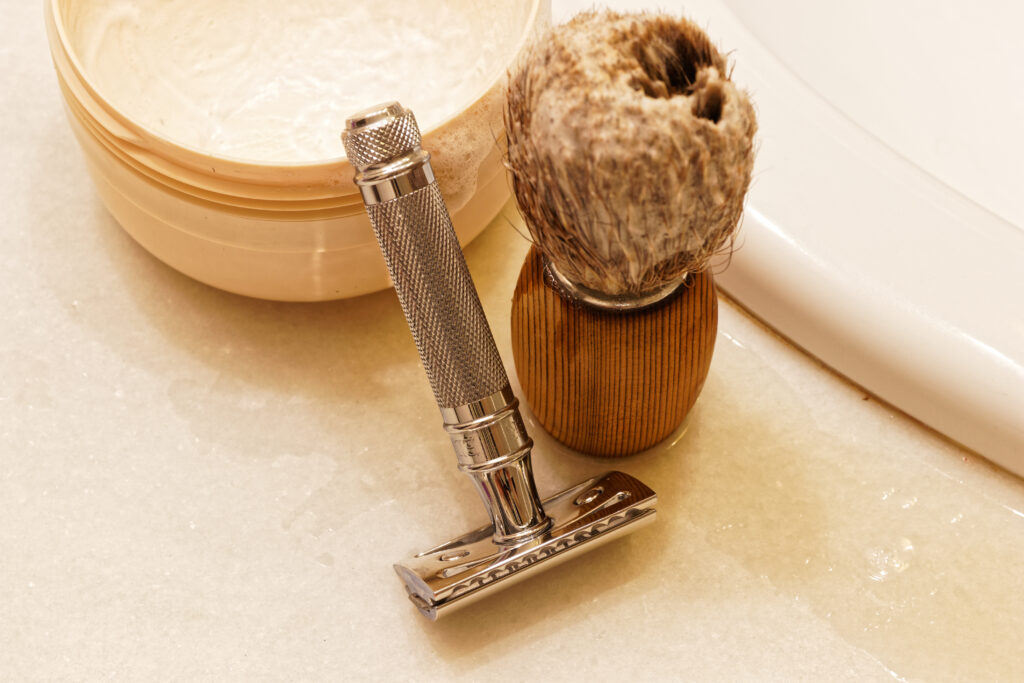
- Traditional, tallow-based hard soaps create a richer, deeper lather, delivering more hydration than other shave prep products like foams and gels
- Provides a thick layer of protection and contains moisturizing oils to help glide and hydration
- Protects against razor burns and irritation
The Benefits of Using Shaving Gel
- Thicker and more lubricating than shaving soap, making for a smoother and more comfortable shave
- Lathers up more easily and quickly than soap
- Contains moisturizing agents to help the razor glide smoothly
Why Shaving Soap is Generally Considered Superior
- Creates a richer lather than shaving creams or gels, providing a smoother glide across the skin while also protecting it from the blade
- Offers a thicker layer of protection between the blade and skin for a more comfortable shave
- Typically lasts longer than creamy alternatives since less product is needed for each shave
The Difference Between Shaving Soap and Gel
- Shaving soaps are harder in texture and require a bit of work to pick up on the brush, but they provide a more robust lubricating layer
- Gels are softer, lather more easily, contain more water, and protect the skin more than cream
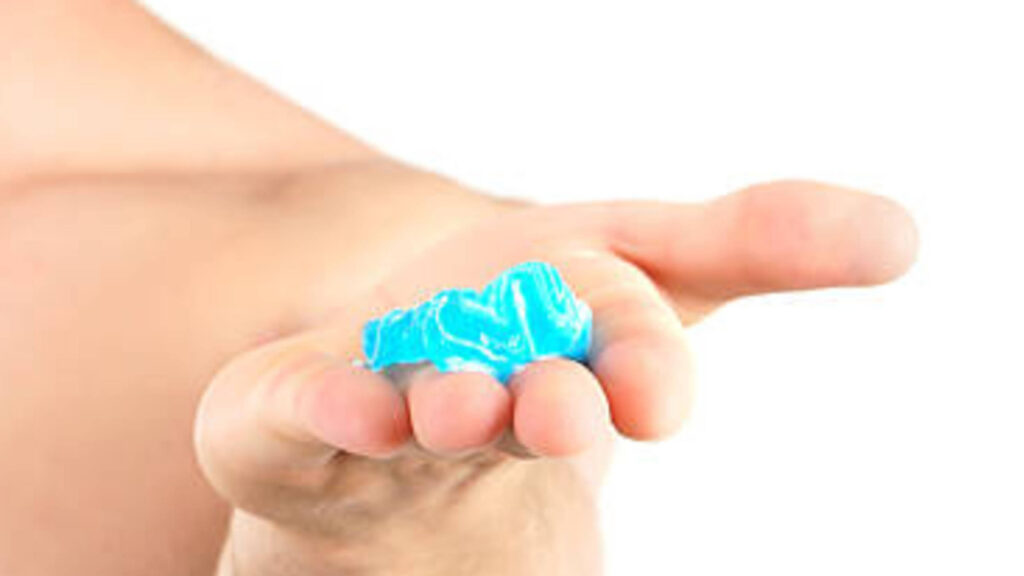
Comparing Consistency, Moisture Content, Latherability, Skin Protection, Speed of Application, and Ease of Use
- Shaving gels are softer and lather more easily than brushless creams
- Real soap retains moisture in your skin thanks to glycerin, while synthetic, petroleum-based detergents, including commercial shaving gel, can often leave your skin feeling dry and tight
- Shaving soaps require more effort to create the desired lather, but once produced, it generally lasts longer than with shaving gel or shaving cream
Quality of Shave and Cost Comparison
- Shaving soaps and shaving gels offer protection to the skin during the shaving process
- , helping to prevent irritation and razor burn
- Shaving soaps create an incredibly rich, creamy lather that provides a close, comfortable shave
- Shaving gels provide a slightly silkier lather with more lubrication, making it easier to use but potentially sacrificing some closeness of the shave
- Shaving soap can last up to 6 months of daily use, whereas a can of shaving gel typically lasts for 50-70 shaves
When to Use Shaving Soap and Shaving Gel
- Use shaving soap when you have more time for your shave, as it requires a bit more water on the brush to create a good lather
- Use shaving gel when you want to streamline your routine and get great results quickly, as it produces a lather easily without needing extra water
Which is Better for Your Skin: Soap or Gel?
Deciding which shaving product is superior depends on personal preference. While shaving soaps may provide a more thorough shave, shaving creams and gels are easier to use and produce a thicker lather. Additionally, canned shaving gel is not as economical as soap, so it is essential to factor in the cost when purchasing.
Ultimately, it comes down to what you’re looking for in terms of protecting your skin, convenience, quality of shave, and cost. Whichever product you choose, remember that achieving a great shave is not only about the product you use but also about the type of razor you use and the amount of lathering you do for your skin.
Last update on 2024-04-18 / Affiliate links / Images from Amazon Product Advertising API
Affiliate Disclosure: This post contains affiliate links, which means I may receive a small commission, at no extra cost to you, if you make a purchase using these links.

Jay Kang
Just because i'm asian does not mean I don't need shaving. I always wanted to grow a beard when I was young, now I need to shave because hair growth for me is a problem. I'm going through what every man will and has gone through before.

